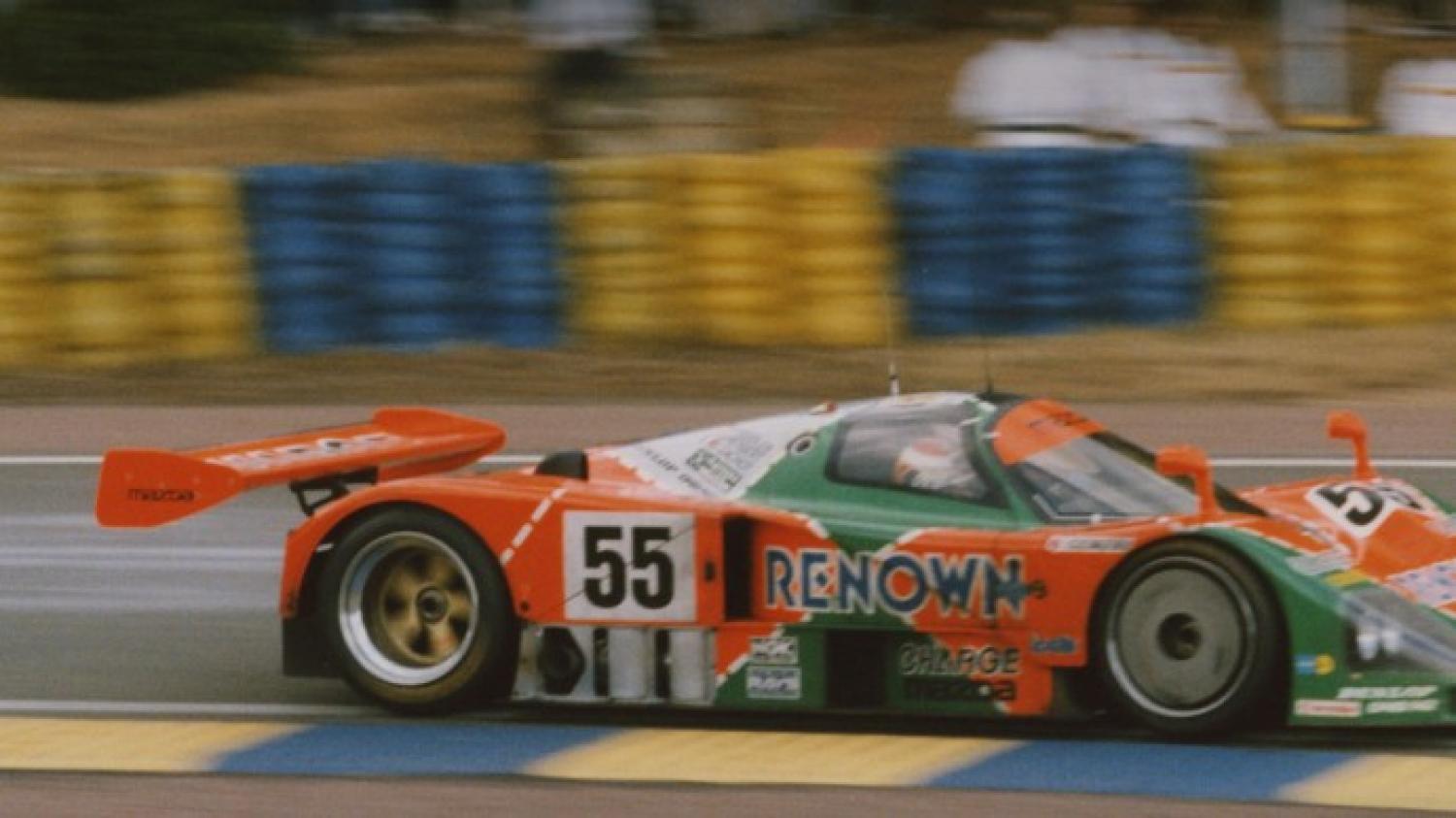1970 - Rotary engine
A rotary engine is recognisable by the barely bearable screeching noise it makes. The technology was introduced in 1970 on a Chevron-Mazda, powered by a 200 bhp, 983 cc twin-rotor engine which failed after just four hours of the race. In 1991, however, the architecture came good in spectacular fashion. With troubles affecting Mercedes, Jaguar and Sauber, and the Peugeots putting in a disastrous performance, Herbert/Weidler/Gachot drove the rotary-engined Mazda 787B to victory – the only Le Mans win ever recorded by a Japanese marque.
1974 - Turbo engine
The idea of supercharging through an exhaust-driven turbocompressor appeared in 1962 in the United States on the Chevrolet Corvair Monza. BMW brought the innovation across the Atlantic, adopting it on the 2002. Porsche used it at Le Mans from 1974, winning the race in 1976 with the 936.
1998 - Hybrid engine
American Don Panoz was the brains behind the idea of a hybrid engine design combining internal combustion technology and an electric motor. His Esperante GTR-1 Q9 was powered by a Ford 6.0 engine supported by an electric motor with the batteries being recharged by a regenerative braking system. In spite of this technology, the Panoz Q9 failed to qualify for the race. The first hybrid car to win the race was the Audi R18 e-Tron in 2012.
2006 - Racing diesel
Since it was invented in the late 19th century, the diesel engine has always been associated with commercial and utility vehicles as it appears to be more at home under a truck bonnet than in a racing car. However technical developments such as direct fuel injection, increased pressure and turbos have boosted performance and cut fuel consumption. The first diesel-powered car to appear at the 24 Hours of Le Mans was a Delettrez in 1949, but victory only came in 2006 when Audi took the honours.
2011 - LED headlamps
LED (Light-Emitting Diode) headlamps, now becoming increasingly popular on production cars, made their first appearance at Le Mans in 2011 on the Audi R18 TDI. In addition to offering high lighting quality, this process uses less electricity, weighs less and is more compact than halogen systems.
It also creates a unique lighting signature at night. In 2014, Audi went a step further by introducing laser lights that offer even higher performance.
#LEMANS24

